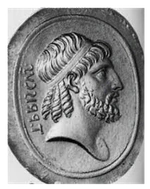Tarquinius Superbus (534–509 BCE)

Economy Overview
Monetary
Still pre-coinage Rome: coin minting begins only in the early Republic (c. 4th century BCE).
Payment and valuation likely in bronze ingots (aes rude), cattle, or weighted metal pieces.
Wealth measured in land, livestock, and movable goods.
Taxation
Tribute and levies imposed heavily, especially on conquered Latin and Volscian communities.
Archaeological/literary tradition:
- forced labor and corvée (e.g., for Jupiter Optimus Maximus temple).
Census structure from Servius Tullius probably weakened; replaced by king’s autocratic exactions.
Market Structure
Some form of market activity existed in Forum Boarium and Forum Romanum (archaeologically attested use as communal spaces).
Still no structured auction or regulated commercial institutions.
Trade remained informal, barter-based, with redistribution under royal control.
Slave Trade
Sources mention extensive use of forced labor, particularly for monumental construction.
Captives from wars supplied domestic and agrarian workforce.
No evidence of independent slave markets in Rome; more likely redistribution directly under royal authority.
Horses
Horses associated with the equites class and military cavalry.
No evidence of open horse markets, but aristocracy’s possession of horses tied to military service.
Ships & Seafaring
Rome’s access to Ostia (founded earlier by Ancus Marcius) remained crucial.
Likely use of river transport for timber, stone, and grain.
No independent Roman merchant fleet yet; imports came via Etruscan/Greek traders.
Export–Import
Imports:
- luxury goods
- Greek pottery
- Etruscan bronzes
- possibly wine and oil.
Exports:
- salt (from Ostia)
- timber
- agricultural surplus.
Evidence suggests increasing Mediterranean connections, especially via Etruria and Campania.
Archaeological Facts
Temple of Jupiter Optimus Maximus (Capitoline Hill):
- monumental building using foreign artisans and materials → proof of resource mobilization.
Cloaca Maxima (drainage of Forum valley):
- massive public works
- employing forced labor.
Imported pottery and luxury items found in Rome show contact with Greek and Etruscan trade networks.
Reforms and Policies of Tarquinius Superbus
Social Reforms (or rather, distortions)
Authoritarian rule:
- Tarquinius ruled as a tyrant, without consulting the Senate. He curtailed senatorial authority, executing or exiling members who opposed him.
Strain on classes:
- Heavy labour was imposed on the plebeians through state projects (e.g., the Temple of Jupiter Optimus Maximus). This widened the gap between the aristocracy and commoners.
Patronage and fear:
- He maintained his position not through consensus, but by intimidation and strategic marriages, most notably his own marriage to Tullia, which helped secure his accession through violence.
Military Reforms
Campaigns of expansion:
Tarquinius focused on aggressive wars against neighbouring Latin cities and the Volsci.
Heavy reliance on booty and tribute:
- Conquered territories were heavily taxed; resources and captives were brought back to Rome.
Alliances:
- Strengthened Rome’s political-military presence by securing treaties, including with Gabii (where Sextus Tarquinius infiltrated and betrayed the city).
Entertainment / Public Works
The Temple of Jupiter Optimus Maximus on the Capitoline Hill:
- A monumental project symbolising Rome’s growing power.
The Cloaca Maxima:
- Completion of Rome’s great sewer, which drained marshes and created usable urban land (especially the Forum Romanum).
Games and Festivals:
- Expanded public games (precursors to ludi) in order to gain public favour, though they remained tightly controlled by the monarchy.
Republican Approach (if any)
Almost none. Tarquinius epitomised monarchy at its most autocratic.
His dismissal of the Senate and centralisation of power directly triggered discontent that fuelled the transition to the Republic.
The episode of Lucretia’s rape by Sextus Tarquinius became the moral justification for ending monarchy, giving rise to Republican ideals of shared power and rejection of kingship.
The fall of Tarquinius Superbus and the fate of Rome’s last king are described in detail here.
Introduction to Early Rome: The Seven Kings
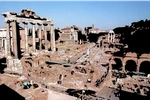
Romul, the First King of Rome
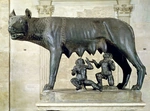
Numa Pompilius, Second King of Rome

Tullus Hostilius, Third King of Rome
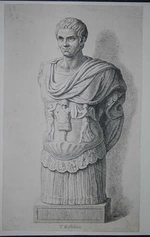
Ancus Marcius, the Fourth King of Rome
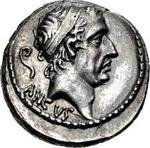
The Roman King Tarquinius Priscus
